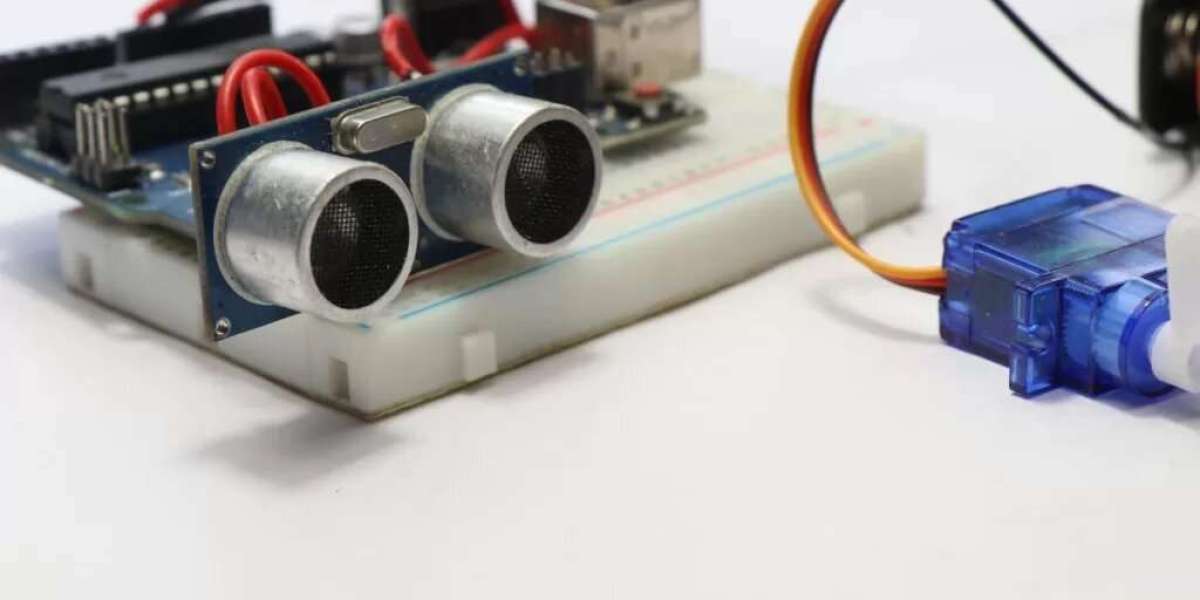In this blog, we’ll explore the expansive power and potential of ultrasonic sensors, showcasing their versatility and impact on modern technology.
Understanding Ultrasonic Sensors
At their core, ultrasonic sensors operate by emitting sound waves at frequencies higher than the human ear can perceive. When these sound waves encounter an object, they bounce back to the sensor, which then calculates the distance to the object based on the time it takes for the echo to return. This basic principle enables ultrasonic sensors to perform tasks such as measuring the level of a liquid in a tank, detecting obstacles in autonomous vehicles, and even providing spatial awareness in robotics.
Applications Beyond Sight
Automotive Industry: Ultrasonic sensors are a staple in modern vehicles, used for parking assistance, collision avoidance, and blind-spot detection. These sensors provide critical information to drivers, helping to prevent accidents and make driving safer.
Industrial Automation: In manufacturing and warehouse environments, ultrasonic sensors play a crucial role in automating processes. They can measure the height of stacked items, monitor fill levels in containers, and even control the flow of materials on production lines.
Healthcare: In the medical field, ultrasonic sensors are used in devices for non-invasive measurements. They are integral to applications such as fetal monitoring and even certain diagnostic equipment, where precision and reliability are paramount.
Robotics: Robots equipped with ultrasonic sensors can navigate complex environments by detecting obstacles and mapping surroundings. This capability is essential for autonomous drones, robotic vacuums, and other intelligent systems.
Environmental Monitoring: Ultrasonic sensors are employed in environmental applications, such as monitoring the levels of pollutants in bodies of water or measuring the thickness of ice layers in polar regions. Their ability to operate in harsh conditions makes them invaluable for scientific research and environmental protection.
Advantages and Innovations
One of the key advantages of ultrasonic sensors is their ability to operate in environments where optical sensors might fail. They work well in low-light conditions and can detect objects through smoke, dust, and even fog. Additionally, ultrasonic sensors are typically less affected by temperature changes compared to other types of sensors, making them reliable across a wide range of conditions.
Recent advancements have expanded the capabilities of ultrasonic sensors. Innovations in sensor technology, such as miniaturization and improved signal processing algorithms, have led to more accurate and versatile sensors. Modern ultrasonic sensors can offer higher resolution, greater range, and better performance in challenging environments.
Conclusion
The power and potential of ultrasonic sensors extend far beyond basic distance measurement. Their diverse applications across automotive, industrial, healthcare, robotics, and environmental sectors demonstrate their versatility and impact on modern technology. As advancements continue to push the boundaries of what these sensors can achieve, their role in shaping the future of various industries will only grow more significant. Understanding and leveraging the capabilities of ultrasonic sensors can unlock new possibilities and drive innovation across countless fields.



